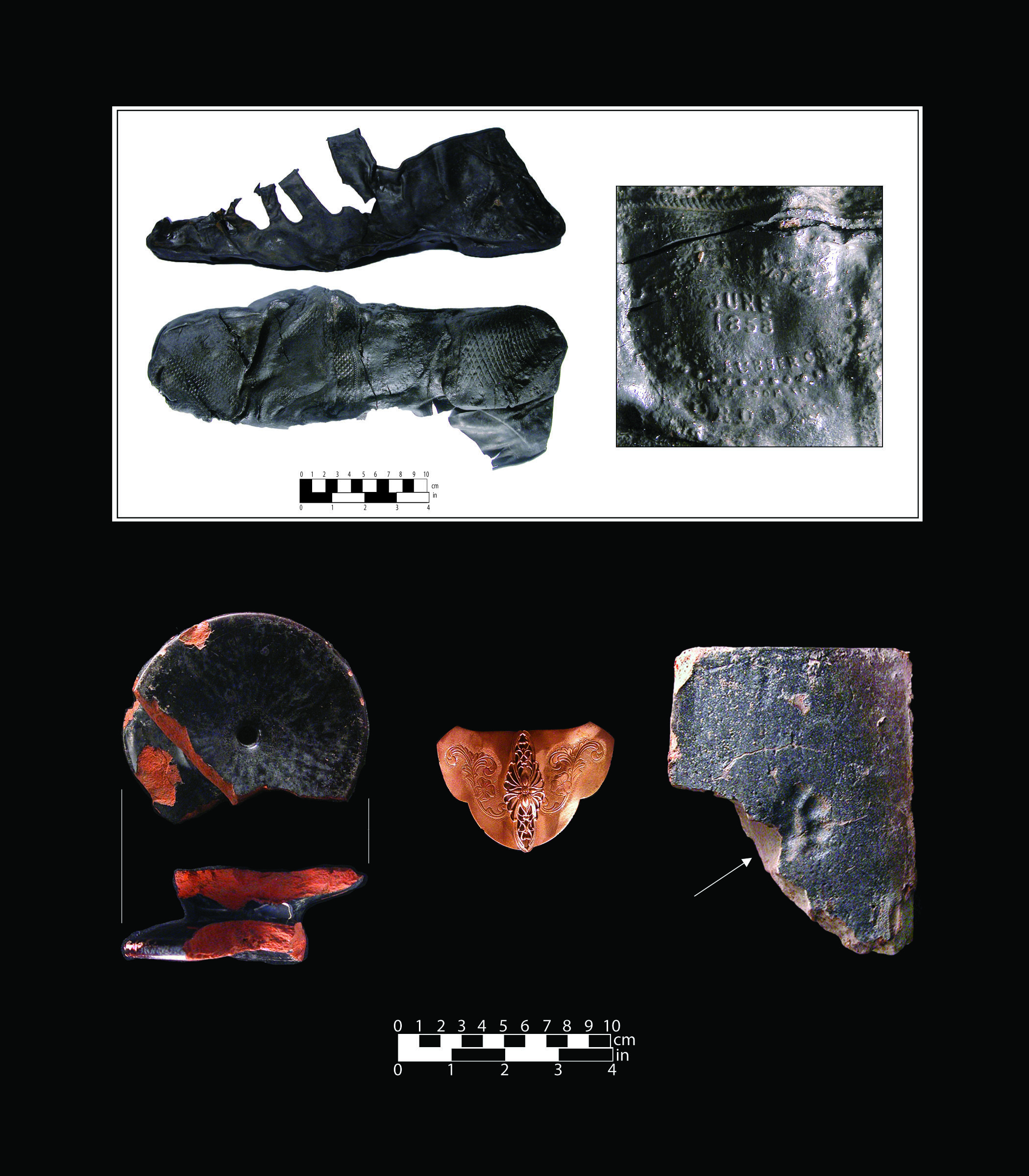Petty’s Run Archaeological Site
New Jersey State House, City of Trenton, Mercer County, New Jersey
From 2008 to 2013 Hunter Research, under contract to WRT Design for the State of New Jersey, was engaged in a major archaeological exploration and historic interpretive design project in a park adjacent to the New Jersey State House along a former stream known as Petty’s Run. This work was conducted as part of the creation of Capital State Park, a combined project of the state’s Department of the Treasury and Department of Environmental Protection. The overall intent of the park project was to improve the immediate surroundings of the New Jersey State House, reconnect the downtown to its principal waterways (the Delaware River and the Assunpink Creek), and capitalize on the underappreciated heritage tourism assets of one of the nation’s most historic cities. Archaeological explorations took place between July 2008 and July 2009. Design work was completed in 2012 and, following stabilization, the Petty’s Run Archaeological Site was opened to the public in May 2013.
Archaeological explorations revealed the remains of the Trenton Steel Works, a mid-18th-century plating mill and steel furnace complex that was in operation during the Revolutionary War. Superimposed on top of this complex were the remains of an early 19th-century cotton mill and paper mill. Bisecting the site is the brick and stone-built Petty’s Run culvert, which was channelized in the early 19th century and then capped in the 1870s. Substantial remains of several late 19th-century row houses also line the southern edge of the site along former West Front Street. Key elements of these ruins are now displayed and interpreted as a focus of the future park. The remains of the Trenton Steel Works are judged to be of national significance and represent the first archaeologically documented evidence of an 18th-century steel furnace in the New World.








